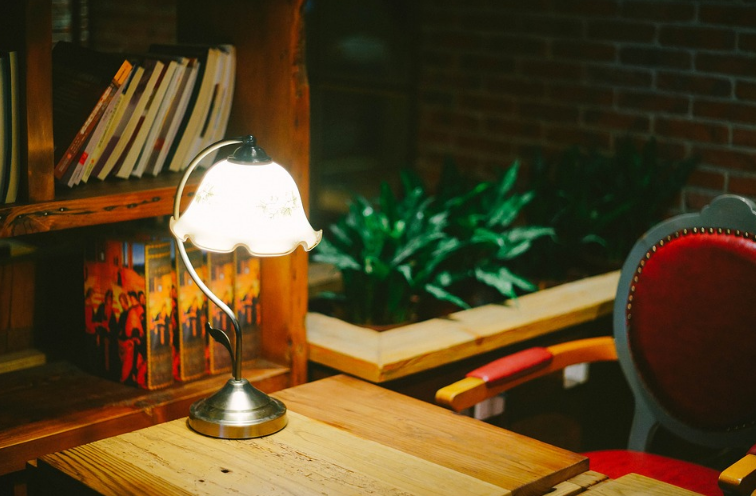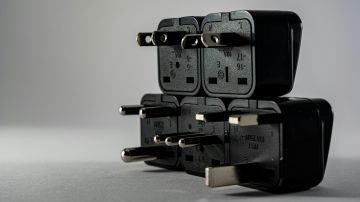If you don’t get the lighting of your home right, then it’s fair to say that nothing else matters.
Does that sound harsh? Perhaps - but it’s a pertinent point, and this is an area you really can’t afford to overlook. It’s a simple fact: if you don’t have adequate lighting in your home, then your decorative touches are irrelevant - because no one can see them to appreciate them!
If you are working on a room with a vast amount of natural daylight, then you might think you’re free and clear when it comes to this consideration. In this room, the sunlight filters effortlessly through the doors:
And it’s a good example of how a room can light up so you can see all the little decorative touches. But that’s not the end of the story - because… night-time exists. Especially during the winter months, that room is going to need focused lighting to make sure it transitions from day to night.
Rather than steer you towards a particular trend, let’s throw some ideas at the wall (or ceiling, in this case) and see what sticks. What you choose depends entirely on your own personal style, your budget, and what you think a room can handle - but don’t procrastinate the decision away. Lighting is such a fundamental and with so many options to choose from, there’s really no excuse.
Pendant Lighting
This is a great example of how pendant lights can help divide an open-plan room into separate sections.
Pros: Pendant lights are a feature in and of themselves. They’re also massively fashionable right now, so there’s plenty to choose from. If you like an understated retro twist, they work extremely well paired with vintage-style bulbs and a coordinating color scheme.
Cons: They can be tricky to install, often involving wiring work that is potentially beyond the realm of the amateur. If you pick this choice, make sure you really love them - you can’t switch them easily for this reason.
Spotlighting
The above is an example of a spotlight that is wired into the mains, but this is also a look you can achieve with cheap LEDs. The key here is placement; the beams of light should illuminate interesting features, with the remaining glow enough to light the room in general.
Pros: Spotlights look effortlessly stylish. For battery-powered LEDs, they’re also an affordable way of adding extra lighting without breaking the bank. You can even use colored bulbs as a way of adding an extra dimension while achieving the lighting you need at the same time.
Cons: They would perhaps not be considered the height of fashion, but that shouldn’t hold you back too much. If you want a light that is a feature in and of itself, the somewhat industrial spotlights are not the best way to reach that aesthetic.
Table and Desk Lamps
A pretty vintage shade is an easy way to add a touch of soft style to a room, such as:
There is also a useful aspect here, with desk lamps being particularly popular. You don’t want to strain your eyes when working, so a focused beam can help prevent eye pain.
Pros: They’re additional, so you don’t need to plan your home room around them. They’re also easily changed and updated as your style involves.
Cons: Trailing wires can be annoying, so make sure you’ve got requisite furniture to hide any unsightly cables. The amount of light that this type of lamp tends to emit is not enough for a whole room; you’ll need several if you don’t want to rely on a ceiling lamp also for adequate lighting.
Floor Lamps
The black curved floor lamp is being used here to add an extra design feature to the room, while still having a practical use.
Tripod-style floor lamps are currently the height of style, some more resembling the lighting a photographer would use than anything more specifically design-orientated.
Pros: If you go for an on-trend style floor lamp, then you’re not stuck with it. They’re generally less expensive than ceiling lights to make a feature of, and don’t require any tricky wiring to get into place. You have the same trailing cables problem as with the smaller desk lamp, but should be easier to hide with larger furniture.
Cons: Again, a single floor lamp might not be sufficient to light an entire room. You might not need two lamps, but you will need supplementary lighting with LEDs or even an additional table lamp. This can make them an expensive option, but as with anything, it depends how well you shop around.
Lot's of love

















